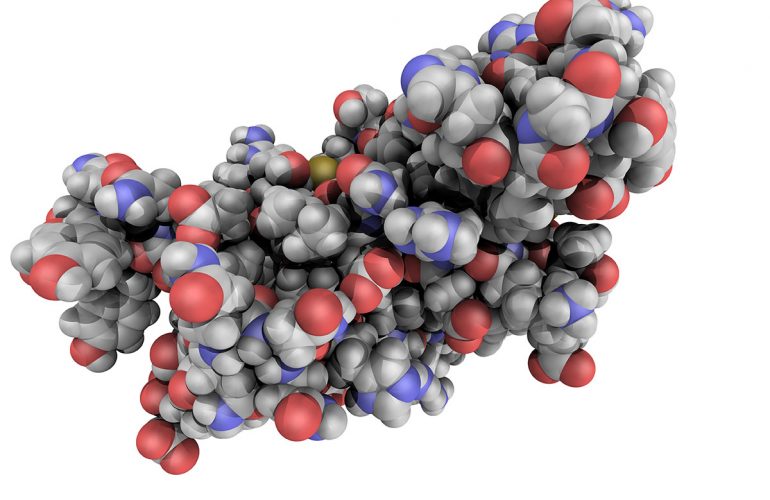Creutzfeldt-Jakob disease, or CJD for short, is a rare and fatal degenerative brain disorder that affects around 1 million people around the world and 350 annually in the United States. CJD occurs later in life, much like Alzheimer’s disease, except that it has a very rapid onset of signs and symptoms, whereas Alzheimer’s is slow and progressive for years. The typical age that CJD appears is 60 and 70% of people diagnosed with it will die within one year.
The earliest signs of the disease are failing memory, changes in behavior, visual disturbances and lack of coordination. As it progresses, symptoms including weakness of arms and legs, blindness, involuntary movements, mental deterioration and coma can occur. Unfortunately, there is no cure or treatment specific for Creutzfeldt-Jakob disease, and the goal is to provide as much comfort care and symptom management as possible.
(NOTE: Interested in learning more about Neurodegenerative Disorders? Checkout my Neurodegenerative Disorders on CEU Academy and try a FREE CEU today!)
Three Main Types of Creutzfeldt-Jakob disease
Experts on CJD have developed three categories of the disease, all which are different from one another. Sporadic Creutzfeldt-Jakob disease develops without any known reason and is spontaneous. It develops without the individual having any known risk factors for the disease. This is the most common form and accounts for around 85% of all cases.
Familial Creutzfeldt-Jakob disease, which is also known as Hereditary Creutzfeldt-Jakob disease, occurs when the individual has a known family history of the disease and once being genetically tested, is found to have a genetic mutation associated with CJD. Specifically, there are certain changes in the chromosome 20 gene coding the formation of prion protein. Creutzfeldt-Jakob disease is actually a prion disease. This form of the disease is inherited from a parent and the age of onset is much younger than the sporadic form, between ages 20 to 40.
The last type of Creutzfeldt-Jakob disease is called Acquired CJD and is transmitted by exposure to nervous system or brain tissue through various medical procedures, for instance, contaminated neurosurgery equipment, or a cornea transplant. The other way to develop this type is to consume the meat or other products from cattle known to have bovine spongiform encephalopathy (BVE) or “Mad Cow Disease”. This form of the disease has been observed more in the United Kingdom and other European countries.
Symptoms
Appearance of symptoms and the order in which they appear vary significantly from person to person affected by Creutzfeldt-Jakob disease. Despite this, there are similar patterns among symptoms that may affect most individuals including a rapidly progressive dementia, sleep difficulties, depression, agitation, apathy, and mood swings, disorientation and confusion, double vision and hallucinations, difficulty walking and worsening coordination, muscle stiffness, jerking movements, and twitches, and deterioration of memory, thinking, judgment and planning skills. As the disease progresses, all of these symptoms become worse and the individual may become unable to speak or move and eventually go into a coma. The causes of death are usually pneumonia or other serious infections.
Final Words on Creutzfeldt-Jakob Disease
While Alzheimer’s disease is a very well-known age-related neurodegenerative illness affecting millions of people around the world and in the U.S., many people are unfamiliar with Creutzfeldt-Jakob disease. Although it is rare, it still affects 1 million people around the world, 350 people in the U.S. every year and causes an enormous amount of pain and suffering. Even though there is currently no cure or effective treatment, researchers are working hard to find a drug that may help people who are inflicted by this rapidly progressive and devastating disease.
(NOTE: Interested in learning more about Neurodegenerative Disorders? Checkout my Neurodegenerative Disorders on CEU Academy and try a FREE CEU today!)
More Neurodegenerative Disorder Articles
- Engaging Older Adults Diagnosed with Neurodegenerative Disorders
- Neurodegenerative Disorders and End of Life Care
- Amyotrophic Lateral Sclerosis (ALS) and End of Life Care
- Parkinson’s Disease and End of Life Care
- Managing Huntington’s Disease in Senior Care
- Managing Multiple Sclerosis in Senior Care
- Aging with HIV

